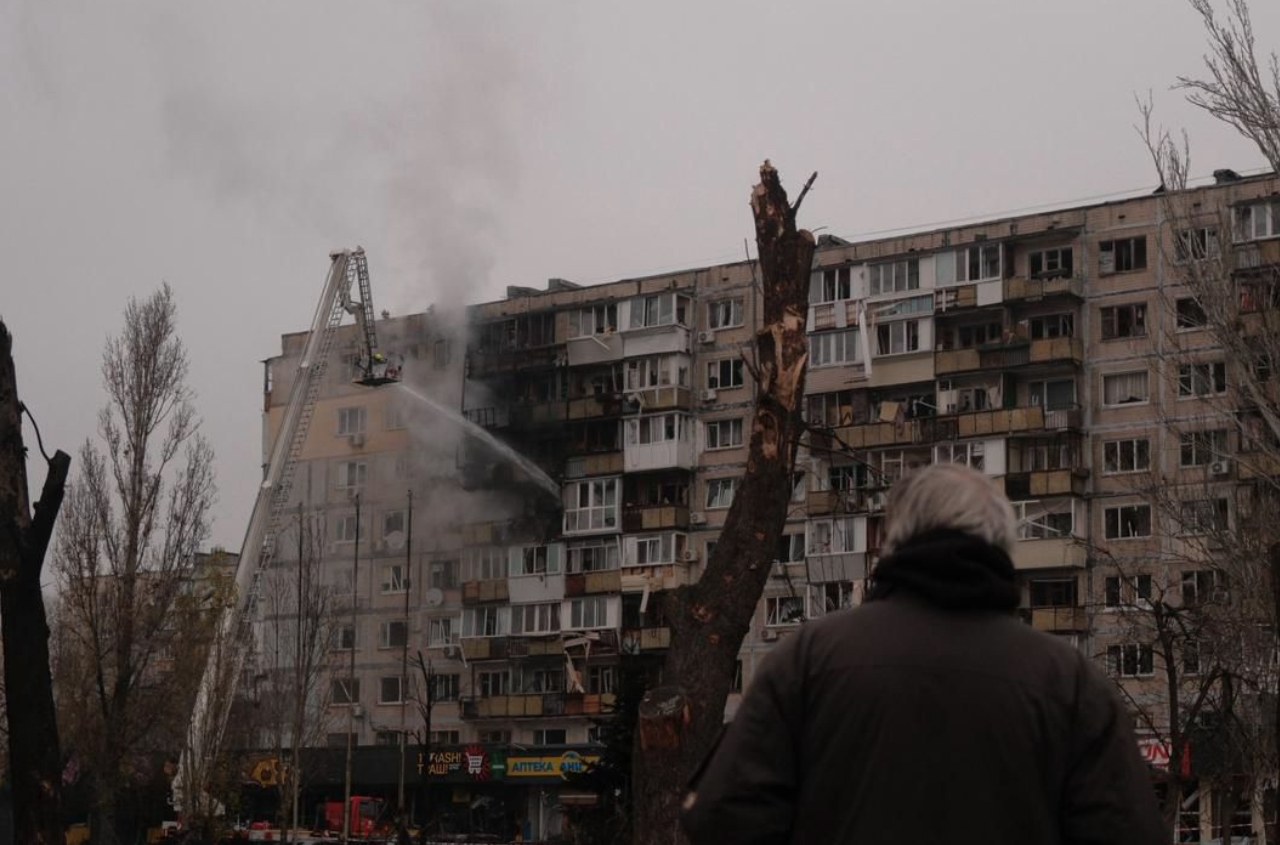8 of the 23 OPEC+ countries (Russia, Algeria, Saudi Arabia, Iraq, Kuwait, Kazakhstan, the UAE, and Oman) have decided to collectively increase oil production in May by 56,000 tonnes per day. This is the highest figure since 2020.
At the same time, in April, OPEC+ countries will be able to increase oil production by 12,000 tonnes per day. Specific production quotas have been set:
- Russia: 1.228 million tonnes in April, gradually increasing to 1.288 million tonnes per day by September 2026
- Saudi Arabia: from 1.232 million to 1.361 million tonnes per day
- UAE: from 400.7 thousand to 460.3 thousand tonnes per day
- Iraq: from 547.2 thousand to 575.6 thousand tonnes per day
- Kuwait: from 330.2 thousand to 347.5 thousand tonnes per day
- Kazakhstan: from 200.9 thousand to 211.4 thousand tonnes per day
Additionally, on April 5, an OPEC+ monitoring committee meeting will be held via video conference. The purpose of the meeting is to analyze the market situation and assess compliance with oil production quotas.
The decision to increase production has led to a slight drop in global oil prices. However, a more significant factor influencing prices was President Donald Trump's announcement of plans to introduce tariff restrictions against most countries worldwide. After OPEC+ ministers confirmed their intentions to increase output, Brent crude prices dropped from $75.46 to $74.41 per barrel. Following Trump’s tariff announcement on April 3, Brent fell further to $69.78 per barrel. Meanwhile, Russian oil continues to trade at a discount of at least $6 compared to Brent.
It is worth noting that forced discounts on Russian oil, driven by stronger U.S. sanctions and the sharp strengthening of the ruble, have negatively impacted Russia's resource-based budget revenues. In March, oil and gas tax revenues fell by 17% year-over-year to 1.08 trillion rubles. Compared to March 2024, the treasury received about 230 billion rubles less, even though these revenues account for every third ruble of the government’s income. The nearly 20% drop in resource rent has now been recorded for the second month in a row. For the period from January to March, oil and gas revenues fell by 10%, totaling 2.64 trillion rubles.
According to the Defense Intelligence of Ukraine (DIU) forecast, OPEC+ countries plan to gradually implement their production increase strategy by September 2026. However, the growth in oil output is unlikely to be the key factor influencing pricing, due to the ongoing Russian-Ukrainian war, the unstable situation in the Middle East, and tariff disputes.




















